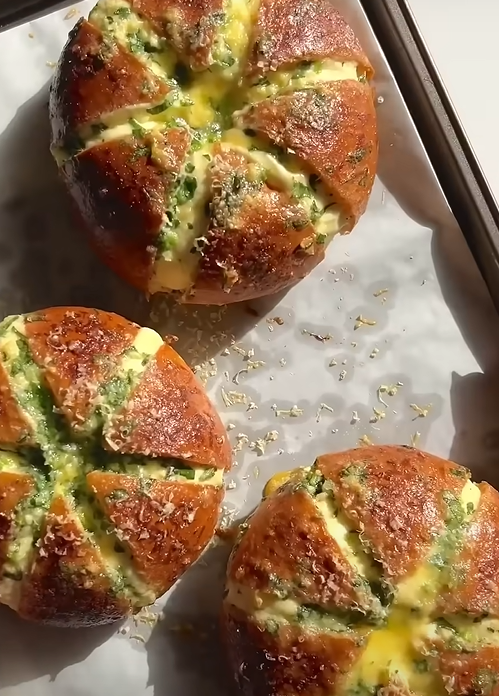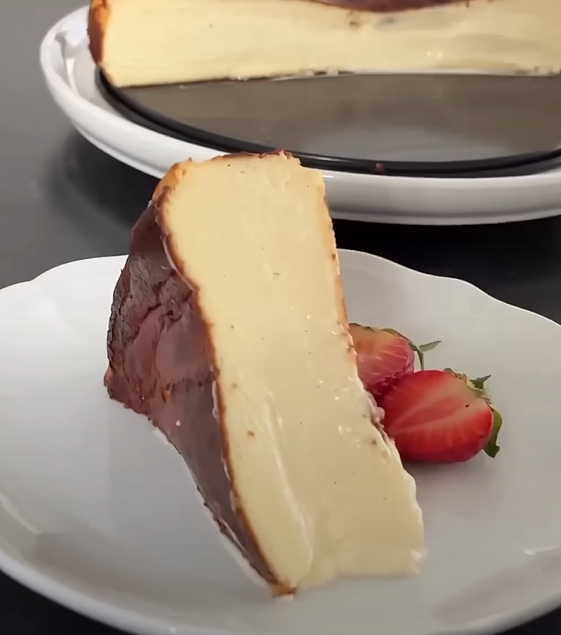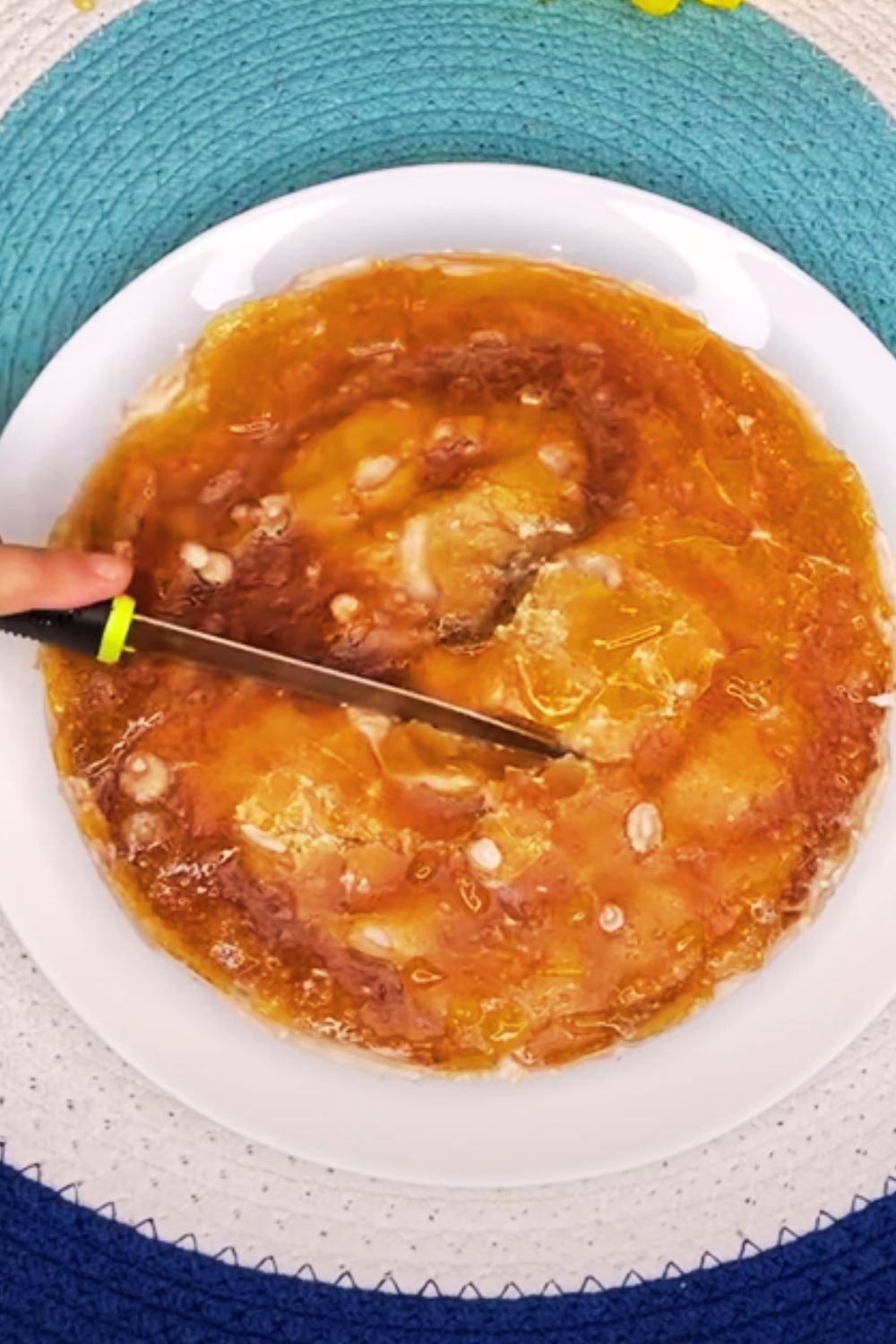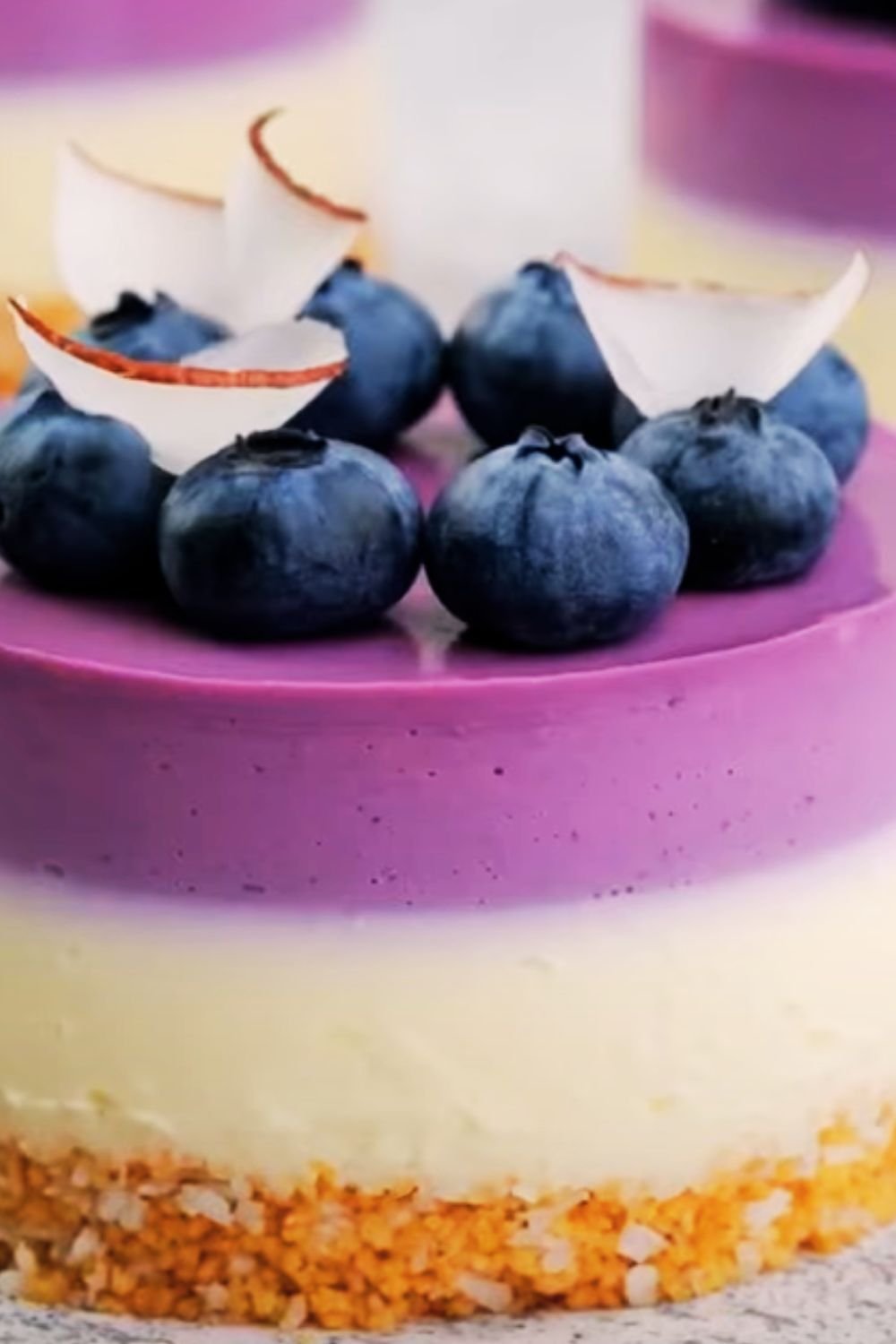When I first encountered Big Blue Monster Stuffed Cookies at a local bakery, I knew I had to recreate them in my own kitchen. These vibrant, playful cookies combine the nostalgic charm of childhood treats with sophisticated baking techniques that create an unforgettable dessert experience. The brilliant blue color immediately catches your eye, while the surprise stuffing inside delivers an explosion of flavors that keeps you coming back for more.
What makes these cookies truly special isn’t just their eye-catching appearance – it’s the perfect balance of textures and flavors that create a memorable treat. The soft, chewy exterior gives way to a gooey center that might contain anything from chocolate chips to marshmallow fluff, depending on your preference. I’ve spent countless hours perfecting this recipe, and I’m excited to share every secret I’ve learned along the way.
Understanding the Big Blue Monster Cookie
Big Blue Monster Stuffed Cookies : Oversized cookies characterized by their vibrant blue color and surprise filling centers, typically measuring 4-5 inches in diameter
Cookie Stuffing : The technique of placing a filling inside cookie dough before baking, creating a surprise center that remains distinct from the outer cookie
Food Coloring Gel : Concentrated coloring agent that provides intense color without adding excess liquid to the dough
Chilling Process : The essential step of refrigerating assembled cookies before baking to prevent spreading and maintain shape
The science behind these cookies is fascinating. The blue coloring comes from gel food coloring, which I prefer over liquid versions because it doesn’t alter the dough’s consistency. The stuffing technique requires careful attention to moisture content – too much liquid in the filling will cause the cookies to spread excessively during baking.
Essential Ingredients and Their Roles
Creating perfect Big Blue Monster Stuffed Cookies requires understanding how each ingredient contributes to the final product. I’ve learned through trial and error that substitutions can dramatically change the outcome, so let me share what works best.
| Ingredient | Amount | Purpose | Substitution Notes |
|---|---|---|---|
| All-purpose flour | 2¼ cups | Structure and texture | Bread flour creates chewier texture |
| Butter (unsalted) | 1 cup | Flavor and moisture | Margarine reduces flavor quality |
| Brown sugar (packed) | ¾ cup | Moisture and chewiness | Light brown preferred over dark |
| Granulated sugar | ½ cup | Texture and spread | Essential for proper cookie structure |
| Large eggs | 2 whole | Binding and richness | Room temperature eggs mix better |
| Vanilla extract | 2 tsp | Flavor enhancement | Pure vanilla only, no imitation |
| Baking powder | 1 tsp | Lift and texture | Fresh powder is crucial |
| Salt | ½ tsp | Flavor balance | Sea salt enhances overall taste |
| Blue gel food coloring | 1-2 tsp | Signature color | Gel type prevents dough thinning |
The butter temperature is crucial – I always use room temperature butter that yields slightly when pressed. Cold butter won’t cream properly with the sugars, while melted butter creates flat, crispy cookies instead of the thick, chewy texture we want.
Stuffing Options and Combinations
The beauty of Big Blue Monster Stuffed Cookies lies in their versatility. Over the years, I’ve experimented with dozens of filling combinations, and here are my most successful discoveries:
Classic Chocolate Center: Mini chocolate chips mixed with a small amount of cream cheese create a melty, indulgent center that complements the vanilla cookie base perfectly.
Marshmallow Surprise: Mini marshmallows combined with a touch of chocolate syrup create a s’mores-like experience that’s particularly popular with children.
Cookie Dough Filling: Edible cookie dough made with heat-treated flour provides a safe, delicious center that cookie dough lovers absolutely adore.

Cream Cheese Delight: Sweetened cream cheese mixed with vanilla and a hint of lemon zest creates a cheesecake-like center that balances the cookie’s sweetness.
| Filling Type | Ingredients | Preparation Time | Difficulty Level |
|---|---|---|---|
| Chocolate Chip | Mini chips + cream cheese | 5 minutes | Beginner |
| Marshmallow | Mini marshmallows + syrup | 3 minutes | Beginner |
| Cookie Dough | Flour + butter + sugar + vanilla | 15 minutes | Intermediate |
| Cream Cheese | Cream cheese + powdered sugar | 10 minutes | Beginner |
| Nutella Center | Nutella + chopped hazelnuts | 5 minutes | Beginner |
| Caramel Surprise | Soft caramels + sea salt | 8 minutes | Intermediate |
Each filling requires different handling techniques. Wet fillings like marshmallow need to be portioned carefully to prevent leakage, while firmer fillings like cookie dough can be pre-formed into balls for easier assembly.
Step-by-Step Baking Process
Creating these impressive cookies requires patience and attention to detail. I’ve refined my technique over many batches, and following these steps precisely will give you professional-quality results.
Preparation Phase: I always start by bringing all ingredients to room temperature at least an hour before baking. This ensures even mixing and proper dough development. Preheat your oven to 350°F (175°C) and line your baking sheets with parchment paper.
Creaming Stage: In a large mixing bowl, I cream the softened butter with both sugars for a full 3-4 minutes using an electric mixer. The mixture should become light and fluffy, indicating that enough air has been incorporated for proper cookie texture.
Wet Ingredient Integration: Add eggs one at a time, beating well after each addition. Then incorporate the vanilla extract. This gradual addition prevents the mixture from curdling and ensures smooth integration.
Dry Ingredient Incorporation: In a separate bowl, whisk together flour, baking powder, and salt. Add this mixture to the wet ingredients in three additions, mixing just until combined after each addition. Overmixing develops gluten, resulting in tough cookies.
Color Development: This is where the magic happens. Add the blue gel food coloring gradually, starting with half a teaspoon and adding more until you achieve your desired intensity. I prefer a vibrant, electric blue that really makes these cookies stand out.
Assembly Technique: Scoop approximately 2 tablespoons of dough and flatten it in your palm. Place your chosen filling in the center, then top with another portion of dough. Carefully seal the edges, ensuring no filling is exposed. This step requires practice, but the results are worth the effort.
Chilling Process: Place assembled cookies on a parchment-lined tray and refrigerate for at least 30 minutes. This crucial step prevents excessive spreading and helps maintain the cookie’s shape during baking.
Baking Techniques and Temperature Control
Temperature control is absolutely critical for achieving the perfect Big Blue Monster Stuffed Cookie. I’ve learned that even small variations can dramatically affect the final product.
My oven runs slightly hot, so I always use an oven thermometer to verify the actual temperature. I bake these cookies at 350°F for exactly 11-13 minutes, depending on their size. The edges should be set but not browned, while the centers remain soft and slightly underbaked.
Baking Sheet Preparation: I use heavy-gauge aluminum baking sheets lined with parchment paper. Dark sheets absorb more heat and can cause uneven browning, while thin sheets don’t distribute heat evenly.
Spacing Considerations: These cookies spread more than typical cookies due to their size and filling, so I leave at least 3 inches between each cookie. Overcrowding leads to merged cookies and uneven baking.
Rotation Technique: Halfway through baking, I rotate the pan 180 degrees to ensure even browning. My oven has hot spots, and this simple step creates more consistent results.
Cooling Process: I let cookies cool on the baking sheet for exactly 5 minutes before transferring to a wire rack. This brief cooling period allows the structure to set while keeping the centers pleasantly soft.
Troubleshooting Common Issues
Even experienced bakers encounter challenges with stuffed cookies. Here are the most common problems I’ve encountered and their solutions:
Color Bleeding: If your blue color appears streaky or uneven, you likely added the coloring too quickly or didn’t mix thoroughly enough. Always add gel coloring gradually and mix completely between additions.
Filling Leakage: This usually occurs when the dough is too warm during assembly or when too much filling is used. Keep your workspace cool and limit filling to about a teaspoon per cookie.
Flat Cookies: Insufficient chilling time or warm dough causes excessive spreading. Always refrigerate assembled cookies for at least 30 minutes, and ensure your kitchen isn’t too warm during preparation.
Overbaked Centers: The filling can become too hot and lose its texture if cookies are overbaked. Remove cookies when edges are just set, even if centers look slightly underdone.
Storage and Serving Suggestions
Proper storage maintains these cookies’ quality for several days. I store them in airtight containers at room temperature, placing parchment paper between layers to prevent sticking. They’ll stay fresh for up to five days, though they’re best enjoyed within the first two days.
For longer storage, I wrap individual cookies in plastic wrap and freeze them for up to three months. Thaw at room temperature for about an hour before serving.
Serving Presentation: These cookies are impressive enough to serve at parties or special occasions. I often arrange them on a colorful platter with complementary treats. Their vibrant blue color makes them perfect conversation starters.
Portion Considerations: Due to their rich nature and large size, one cookie often satisfies most people’s sweet tooth. I usually plan for one cookie per person when serving as dessert.
Perfect for parties and special occasions
Nutritional Information and Dietary Modifications
Understanding the nutritional content helps with portion planning and dietary considerations. Each cookie contains approximately 280-320 calories, depending on the filling choice.
| Nutritional Component | Per Cookie | Daily Value % |
|---|---|---|
| Calories | 300 | 15% |
| Total Fat | 12g | 18% |
| Saturated Fat | 7g | 35% |
| Cholesterol | 45mg | 15% |
| Sodium | 180mg | 8% |
| Total Carbohydrates | 46g | 15% |
| Dietary Fiber | 1g | 4% |
| Sugars | 28g | – |
| Protein | 4g | 8% |
Gluten-Free Adaptation: I’ve successfully made these cookies using a 1:1 gluten-free flour substitute. The texture is slightly different but still delicious. Add an extra ¼ teaspoon of xanthan gum if your flour blend doesn’t contain it.
Reduced Sugar Version: You can reduce the sugar by up to 25% without dramatically affecting texture, though the cookies will be less sweet and slightly less tender.
Dairy-Free Modifications: Vegan butter substitutes work well, though the flavor is subtly different. Ensure your chosen substitute has similar fat content to regular butter.
Creative Variations and Seasonal Adaptations
The basic Big Blue Monster recipe serves as a foundation for countless variations. I love experimenting with different colors and flavors for various occasions.
Halloween Orange Monsters: Replace blue coloring with orange and stuff with chocolate-peanut butter filling for a spooky treat.
Valentine’s Day Pink Hearts: Use pink coloring and heart-shaped cutters, filling with strawberry cream cheese.
Christmas Green Giants: Green coloring with white chocolate and peppermint filling creates festive holiday cookies.
Birthday Celebration: Use the birthday person’s favorite color and fill with cake batter-flavored filling for a personalized treat.
Advanced Techniques for Perfect Results
After making hundreds of these cookies, I’ve developed several advanced techniques that consistently produce bakery-quality results.
Temperature Monitoring: I use an instant-read thermometer to check dough temperature. Ideal dough temperature is between 65-68°F for easy handling and proper spreading.
Scaling Accuracy: I weigh my dough portions using a kitchen scale to ensure uniform cookies. Each cookie uses approximately 60-65 grams of dough total.
Professional Shaping: I use a small ice cream scoop for consistent portioning and shape cookies using slightly damp hands to prevent sticking.
Quality Control: I always make a test cookie first to verify baking time and color intensity before committing to the full batch.
Frequently Asked Questions
Q: Why do my cookies turn out flat instead of thick and chewy? The most common cause is insufficient chilling time or using warm ingredients. Always refrigerate assembled cookies for at least 30 minutes, and ensure your butter is at proper room temperature – soft but not melted.
Q: Can I make the dough ahead of time? Absolutely! I often prepare the dough up to 24 hours in advance and store it covered in the refrigerator. Assembled cookies can be refrigerated overnight before baking, which actually improves their texture.
Q: What’s the best way to achieve consistent blue coloring? I always use gel food coloring rather than liquid, starting with a small amount and gradually adding more. Mix thoroughly after each addition to ensure even distribution throughout the dough.
Q: How do I prevent the filling from leaking out during baking? Keep your filling portions small – about a teaspoon per cookie – and ensure the dough edges are well-sealed. Cold dough handles better, so work quickly or chill between assembly and baking.
Q: Can I use different types of flour? All-purpose flour works best for the ideal texture. Bread flour creates chewier cookies, while cake flour makes them more tender but less structured. I don’t recommend substituting more than 25% of the all-purpose flour.
Q: Why do my cookies spread too much during baking? This usually indicates warm dough, insufficient flour, or an oven that’s not hot enough. Ensure proper chilling time, measure flour accurately, and verify your oven temperature with a thermometer.
Q: How long should I bake these cookies? Baking time varies by oven, but I typically bake for 11-13 minutes at 350°F. The edges should be set but not browned, and centers should still look slightly soft when done.
Q: What’s the secret to keeping the centers soft? Don’t overbake! Remove cookies when they look slightly underdone in the center. They’ll continue cooking on the hot pan after removal from the oven.
Creating perfect Big Blue Monster Stuffed Cookies requires patience, practice, and attention to detail, but the results are absolutely worth the effort. These show-stopping treats combine visual appeal with incredible flavor, making them perfect for special occasions or whenever you want to create something truly memorable. The joy on people’s faces when they bite into that surprise center makes every step of the process worthwhile. Remember that baking is both an art and a science – follow the techniques I’ve shared, but don’t be afraid to add your own creative touches to make these cookies uniquely yours.


